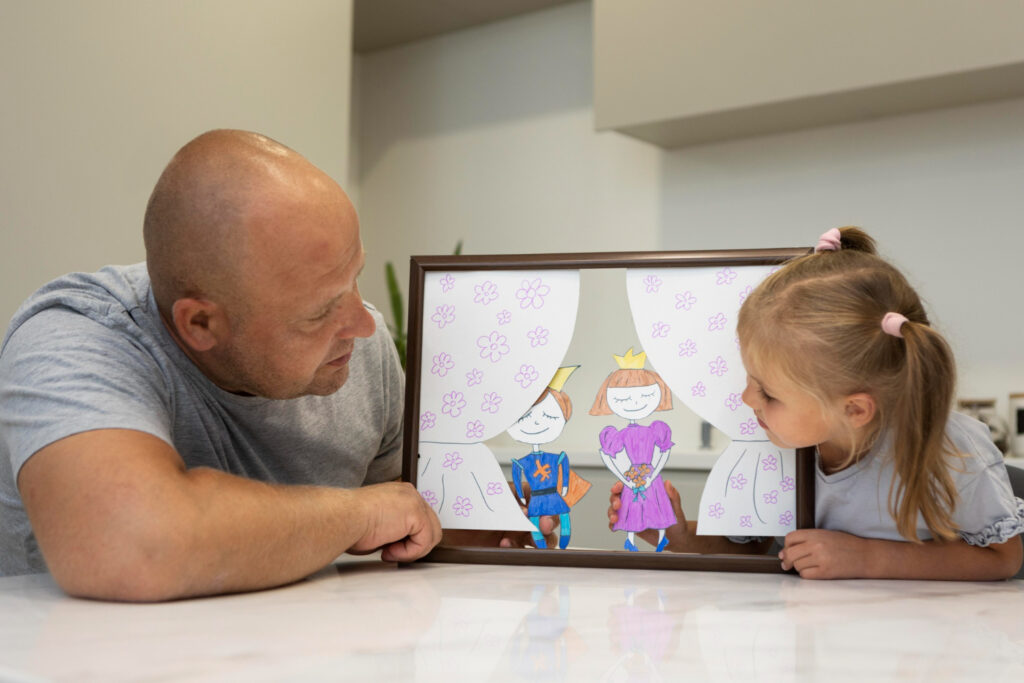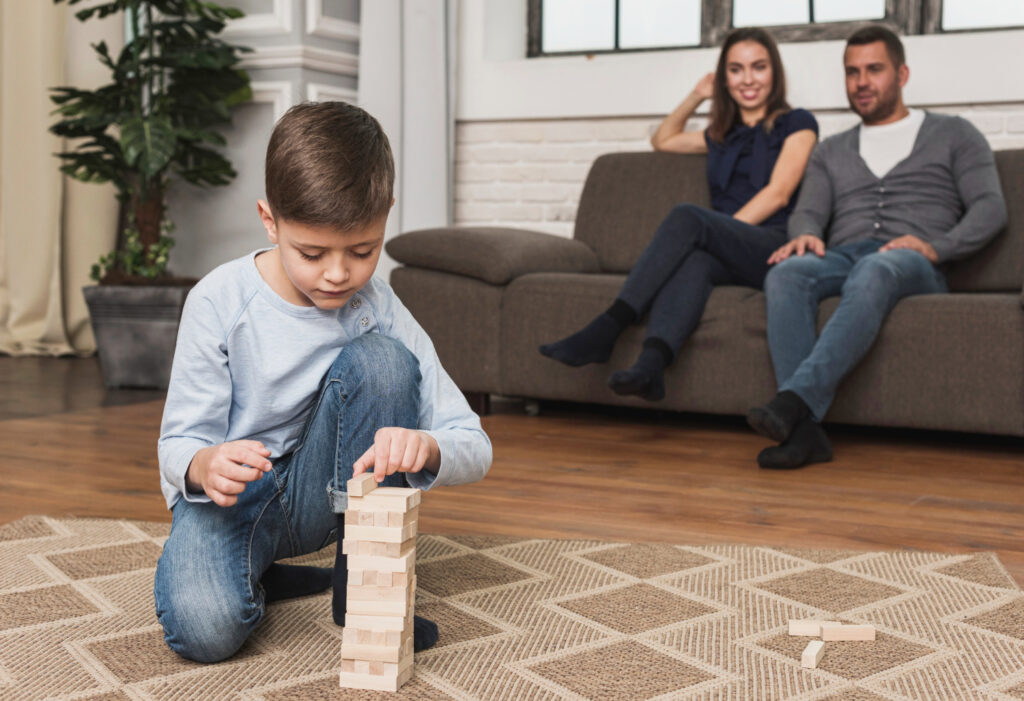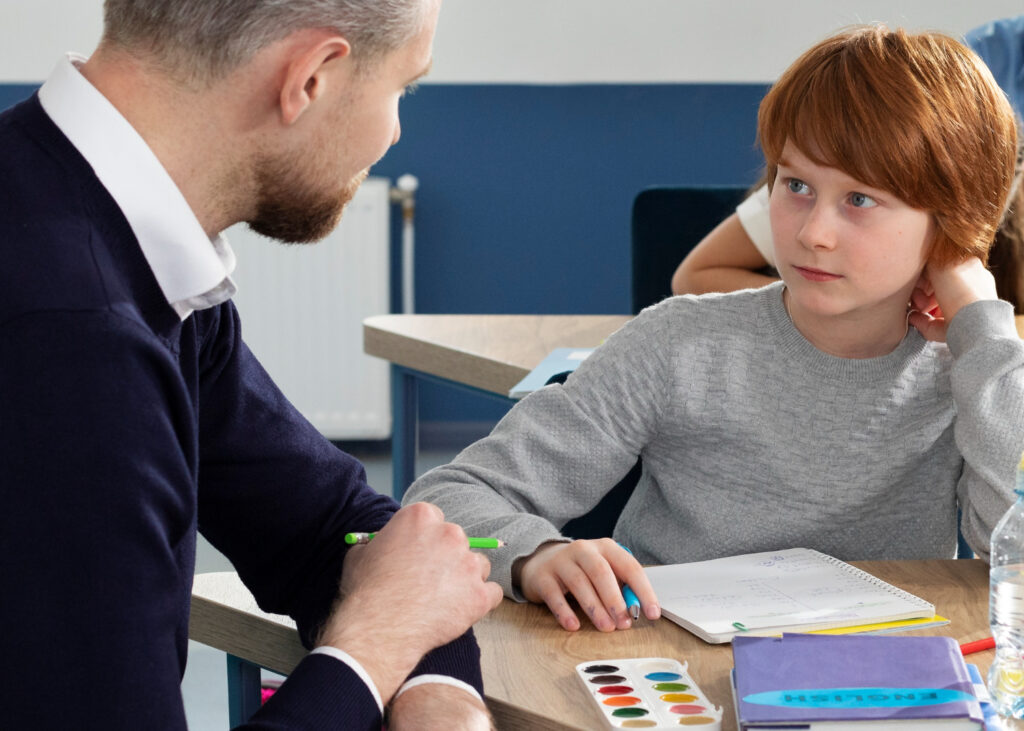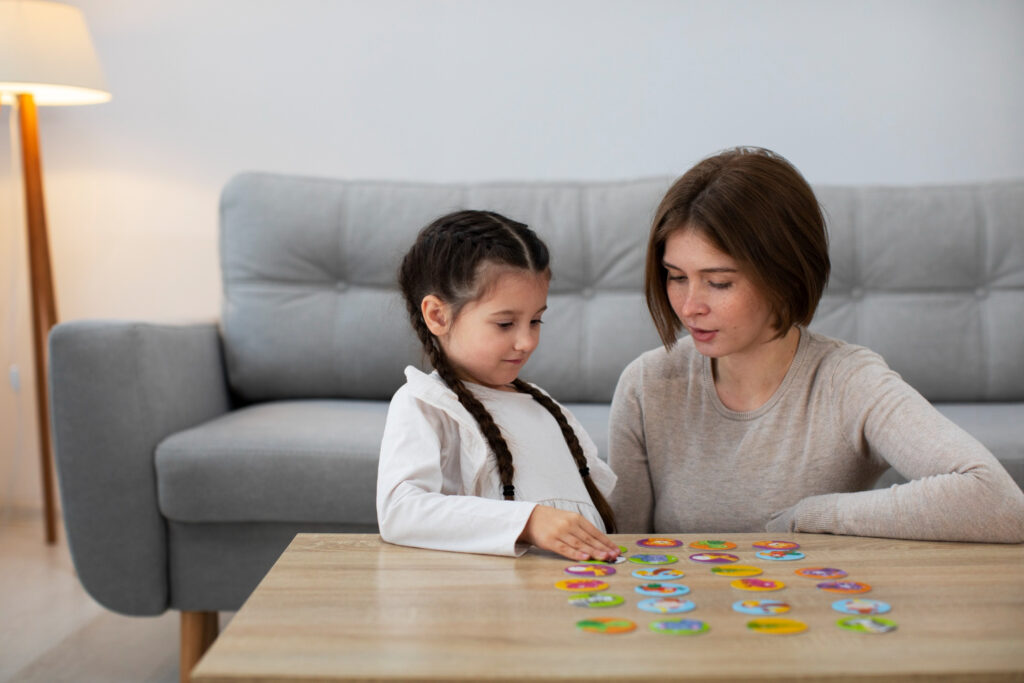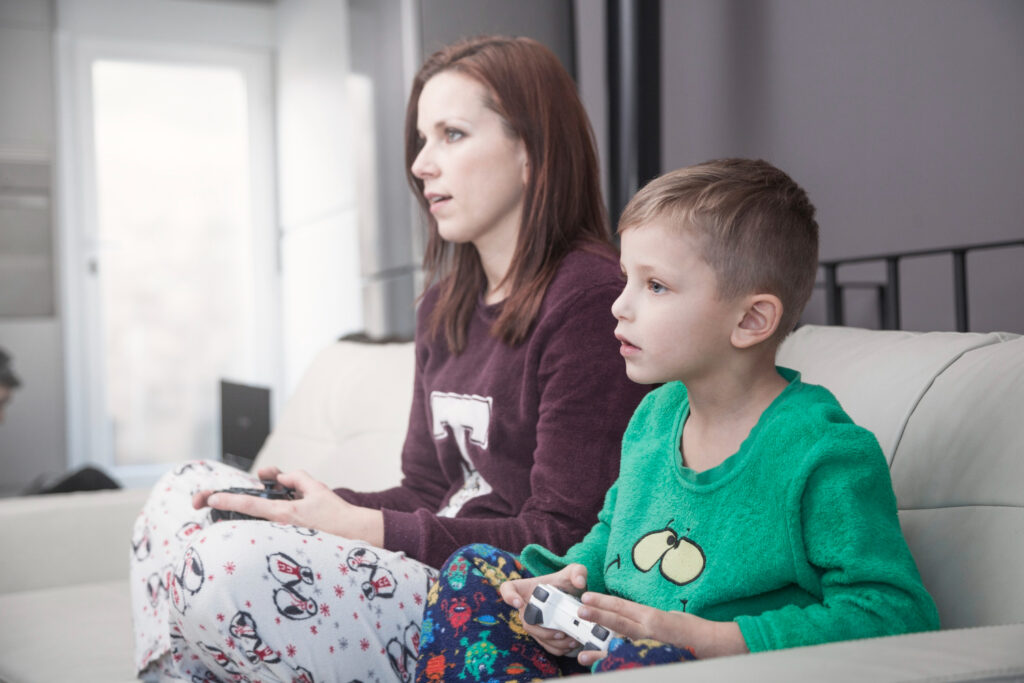How to Create a Visual Schedule for a Child with Autism
Children with Autism Spectrum Disorder (ASD) often thrive in structured environments where they can predict what’s coming next. Visual schedules are an excellent tool for promoting routine, independence, and reducing anxiety. At HOPE Centre for Autism, we encourage parents to use visual schedules to help children understand their daily activities and develop essential life skills. In this guide, we’ll explore the benefits of visual schedules and how to create one tailored to your child’s needs. What is a Visual Schedule? A visual schedule uses images, symbols, or written words to outline the sequence of tasks or events throughout the day. These schedules help children with autism understand what will happen next, easing transitions and providing a sense of security. Types of Visual Schedules: Benefits of Visual Schedules for Children with Autism Step-by-Step Guide to Creating a Visual Schedule 1. Identify Key Activities for the Day Think about the events your child will engage in throughout the day. Include activities such as: At HOPE Centre for Autism, we recommend including both enjoyable activities and challenging ones so the child can anticipate what’s coming next and manage expectations. 2. Choose the Format of Your Schedule 3. Use Visual Cues that Suit Your Child Visuals should match your child’s developmental level. You can use: 4. Arrange the Schedule in Sequence Place activities in the correct order to reflect your child’s routine. You can use a linear format (top-to-bottom or left-to-right) to help children follow along easily. Example: 5. Incorporate Breaks and Rewards It’s essential to build in breaks or rewards after challenging activities to motivate your child. For example, after a therapy session, you can schedule a 10-minute break or playtime with their favorite toy. 6. Make the Schedule Interactive Interactive schedules allow children to mark completed tasks. Use stickers, magnets, or Velcro cards to let your child “check off” or remove activities as they go. Tips for Using a Visual Schedule Successfully Example of a Visual Schedule for a Child with Autism Morning Routine: Afternoon Routine: Evening Routine: The Role of HOPE Centre for Autism in Supporting Families At HOPE Centre for Autism, we guide parents in implementing tools like visual schedules to enhance their child’s daily life. Our therapists work closely with families to create personalized schedules that align with their child’s abilities and routines. We also offer: Conclusion Visual schedules are a powerful tool to help children with autism manage daily routines, reduce anxiety, and develop independence. They create structure and predictability, empowering children to navigate transitions with greater ease. By following these steps, parents can craft effective visual schedules that suit their child’s needs. For further guidance on implementing visual schedules, connect with the experts at HOPE Centre for Autism. Our team is committed to supporting families and ensuring that children with autism thrive in every aspect of their daily lives.
How to Create a Visual Schedule for a Child with Autism Read More »
